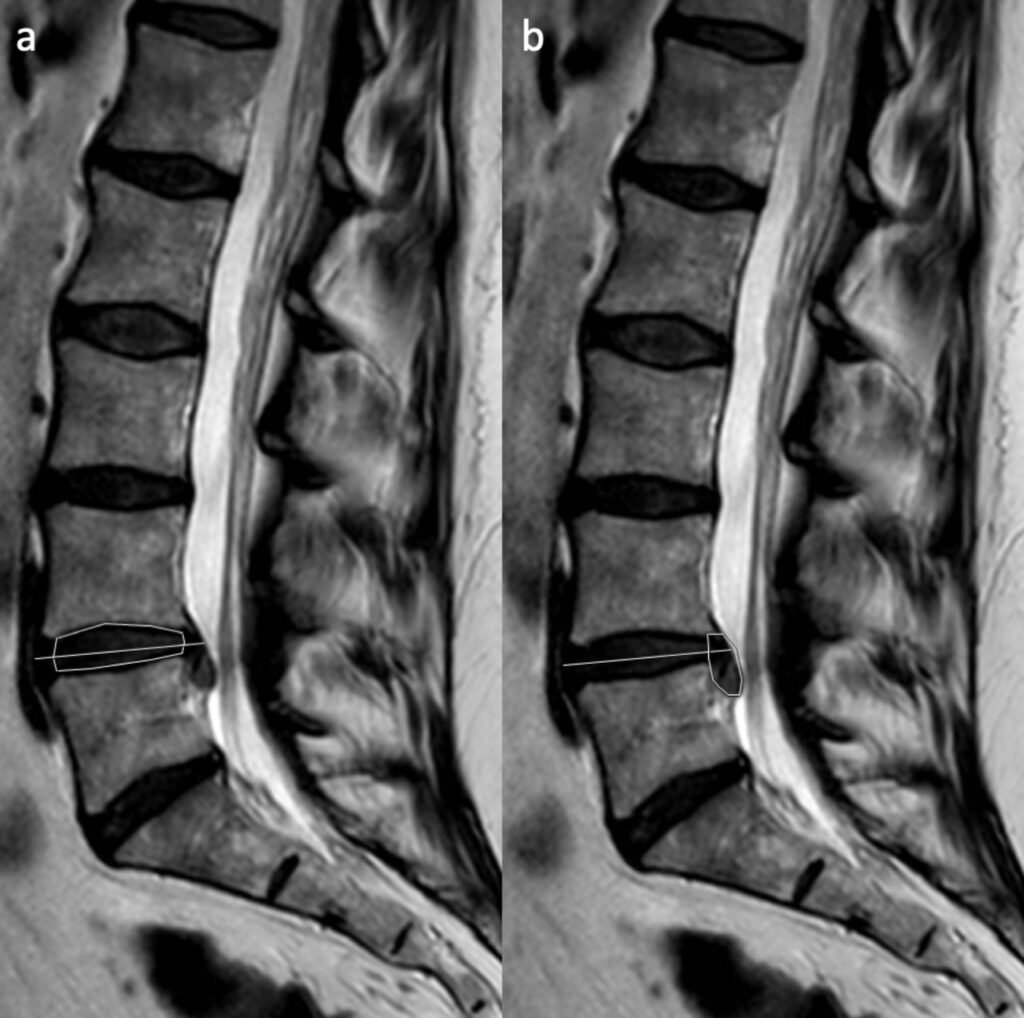Disc Herniation
Disc Herniation
Experiencing sharp back pain, numbness, or tingling that radiates into your arms or legs? You may be dealing with a disc herniation—a condition where the inner gel-like center of a spinal disc pushes through a tear in the outer layer, irritating nearby nerves. This can result from heavy lifting, repetitive movements, or age-related disc degeneration. At Theracave, we specialize in non-surgical physical therapy treatments designed to reduce nerve pressure, ease pain, and help you regain strength and mobility.
Our approach to disc herniation treatment includes personalized movement plans, postural training, and targeted strengthening exercises to stabilize your spine and support healing. Each therapy session is tailored to your body’s specific needs, helping you progress safely and effectively. At Theracave, we focus on long-term recovery through guided movement and core stability—so you can get back to living without chronic pain or physical limitations.

Causes:
Symptoms
How Theracave Help Us?
Q&A
What is a disc herniation and how is it different from a bulging disc?
A disc herniation occurs when the inner material of a spinal disc breaks through its outer layer, often irritating or compressing nearby nerves. A bulging disc, on the other hand, is when the disc protrudes outward but the inner material remains contained. Herniated discs typically cause more severe nerve-related symptoms.
Can a herniated disc heal without surgery?
Yes, many herniated discs improve over time with conservative treatments like physical therapy, rest, and posture correction. Surgery is usually only recommended if symptoms are severe or persistent after other treatments have failed.
What are the warning signs that a disc herniation is serious?
Warning signs include progressive weakness in the limbs, loss of bladder or bowel control, or severe, unrelenting pain. These may indicate a more serious complication, such as spinal cord compression, and require immediate medical attention.
What treatments are recommended for disc herniation?
Physical therapy is one of the most effective treatments. It focuses on reducing inflammation, relieving nerve pressure, improving spinal alignment, and strengthening supportive muscles. In some cases, medications, spinal injections, or surgery may be considered depending on severity.
What Customers Are Saying
Our Process
How It Works?
Reach out to us via our online form or call to schedule an initial assessment.
Evaluation
Based on your unique needs, we develop a tailored therapy program.
Plan
Our professionals guide you through each session, focusing on effective rehabilitation.

